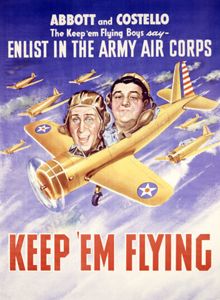
Ed launches his EZB.

Brian's NOCAL Beechcraft Staggerwing.

Austin, who is already designing and building model airplanes, gets some pointers as he prepares to launch George's Puss Moth.

The Puss Moth is a good flyer.

Brad and Baxter ready to ROG.

Their Bostonian is starting to show its potential after a series of trim adjustments yesterday.

Peter's Honeybee. Notice I am standing in the background, after this tiny plane hit me in the face last month!

Volksplane

I'm not sure who owns this CO2 powered model. I have not seen it fly, and I'd like to know more about it.

Box-o-planes

Nickel scale Cessna

George has started the motor.

I need to make sure the nose block is right-side-up.

My Celtic achieved its best time yet, 1:10, after multiple near-misses with the beams.

Kermit's XE5 also had its best time yet, 1:04.

Richard's XE5 is also doing well, sometimes flying above and through the beams...and other places.
This is better than motor sports any day. Special thanks to Austin's dad, Chris, who took all these photographs.
Dave W.













